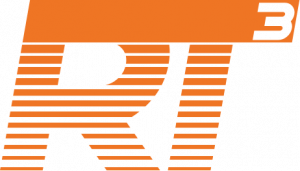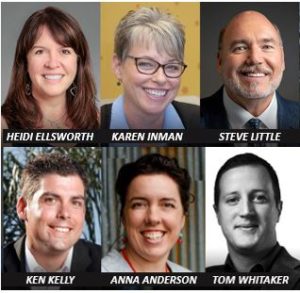By Karen L. Edwards, RT3.
Cool roofs are often specified to reduce the urban heat island effect and help keep building interiors cooler in warm climates. But what about in cities that have cold winters? Reflective roofs don’t absorb heat so this could lead to colder interiors, increases in heating costs, and higher electricity consumption – not very friendly to the environment.
Our planet is getting warmer. This graph by NASA illustrates the “change in global surface temperature relative to 1951-1980 average temperatures. Eighteen of the 19 warmest years all have occurred since 2001, with the exception of 1998.”
The challenge of managing extreme climate change isn’t going away anytime soon, if the recent heatwave that gripped most of the country is any indication. Anchorage, Alaska hit 90 degrees for the first time in recorded history. New York City experienced a power outage in the middle of the heatwave leaving 50,000 without the ability to run their air conditioners.
So, what role can the roof play in climate change? A lot more than you might think, according to a recent article in Architect Magazine that discusses new smart roof technology that can adapt and respond to conditions. New York-based United Environment and Energy has developed a “bio-based thermochromic material that can selectively reflect and absorb solar heat.” Funded through a Department of Energy grant, the principal investigator, Ben Wen, coated asphalt shingles with a waste cooking oil substance that features an ingredient that makes it change color when it’s hot.
Another new technology was developed by scientists in Zurich that allows the roof surface to sweat similarly to human skin in order to cool the surface down. Once the target temperature of 90-degrees F is reached, a thermo-responsive gel releases stored water between a polycarbonate membrane and PVC foil, cooling the roof. Rain ‘recharges’ the cooling system.
In Portugal, researchers are focusing on roofing tile, which typically retains between 85 and 95 percent of the solar energy they receive. They have created smart ceramic tiles that use a material similar to that found in smart windows, that allows infrared light to pass through, but blocks it once the temperature goes above 120-degrees F.
Engineers at the University of Boulder evaluated smart roof technologies and published their findings in Science Direct. They evaluated whether a “potential solution to preserving high cooling load savings without accruing a large heating load penalty is to implement a switchable roof reflectance technology; allowing a low reflectance roof during the heating season and a high reflectance roof during the cooling season.”
These examples are just the tip of the iceberg. New technologies are emerging every day that will improve the performance of each and every building and home around the world. Expect to see some of these technologies on the rooftop in the very near future.
Get more articles and industry news delivered to your inbox when you sign up for the RT3 Smart Brief newsletter.

